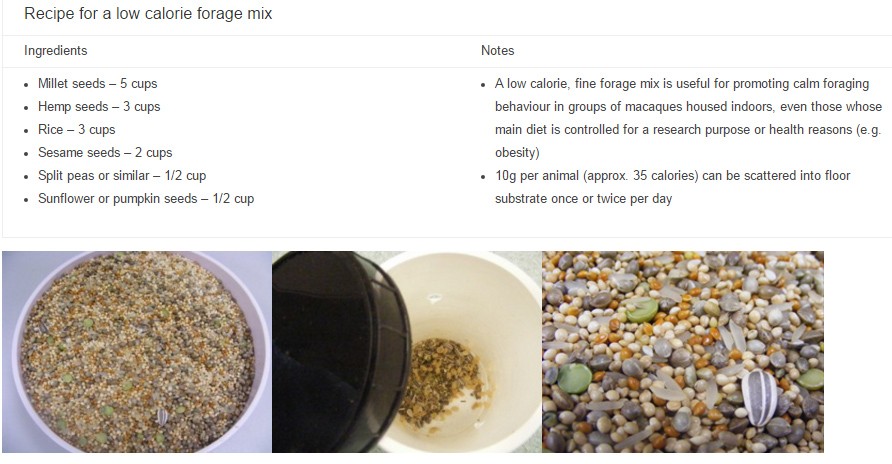Seven ways to use The Macaque Website

In May 2015, we launched a major new resource – The Macaque Website – which complements our earlier website on Common Marmoset Care.
The aim of the macaque site is to share information on macaque behaviour, care and use to improve the welfare of these animals in laboratories worldwide. Some 25 organisations globally contributed to the site, which features over 200 images and videos, along with practical guidance and references.
Recently we have added new content to the site, including an interactive quiz on macaque behaviour, and information on housing macaques on studies conducted under biocontainment.
In this blog post, primatologist Dr Mark Prescott, NC3Rs, details seven ways in which this free resource can be used to maximum benefit:
1. Test your knowledge of macaque behaviour
The Macaque Website features a comprehensive section on the behaviour and life history of the two most common species of macaque used in research and testing – the rhesus macaque and the cynomolgus or long-tailed macaque. These sections include information on facial expressions, body postures, vocalisations and activity budgets, with video clips, images, and sound files to enhance understanding of the communication signals of each species. Now visitors to the website can use an interactive quiz to test their knowledge.

2. Benchmark your housing standards
Contributors to the site have shared videos and images of diverse housing types for macaques, both indoor and outdoor, and offered suggestions for incremental improvements to conventional caging. This enables users to benchmark their housing systems against those of other laboratories, without the need to travel.
3. Gather environmental enrichment ideas
Environmental enrichment is a key part of macaque husbandry and care, providing the stimuli necessary for optimal psychological and physiological well-being. Multiple visual examples of social, structural, sensory, cognitive and food-based enrichment strategies are given on the website. There is also advice on designing and implementing enrichment programmes, and recipes for making enrichment items such as climbing structures and a low calorie forage mix.

4. Assess the welfare of your monkeys
A comprehensive scheme for assessing the welfare of macaques should include multiple measures of physical health, behaviour and physiology. The site provides numerous tools for welfare assessment, including reference values for haemodynamic, respiratory and blood test parameters, examples of welfare score sheets, and a 1-hour ‘Listen Again’ presentation on behaviour recording methods. Using these tools, laboratory staff can better identify individuals at risk of poor welfare and evaluate the beneficial impact of refinements to housing, husbandry and care.
5. Find out what primate welfare research the NC3Rs is funding
Visitors to the website can access details of projects funded by the NC3Rs aimed at validating novel methods for assessing pain and distress in macaques, and developing refinements to neuroscience procedures involving these animals. This section is particularly useful for researchers seeking to identify publications and other outputs from the funded research, find potential collaborators, and avoid unnecessary duplication of research.

6. Integrate the material into your staff training
The best way to support staff in acting on the information provided in The Macaque Website is to integrate the material into their training and daily work routine. This can be done, for example, by adding the website link to the establishment’s intranet, and by using the site content to review and revise standard operating procedures. Trainees can be asked to view and read parts of the site in advance of classroom and practical training sessions. There are also links to other useful resources which provide further information on macaques.
7. Get involved and contribute
Macaque use and care is a relatively niche area. Nonetheless, the site receives around 500 visits per month from users around the world, with the greatest traffic from the UK (32%) and the USA (26%). Our recent online survey shows the information is being used mainly to improve the well-being of macaques in laboratories, for general interest, and to develop teaching and training materials (see graphic below).
We would like the site to continue to grow and evolve to further support good welfare, good science and openness in animal research. If you have useful material on macaque use, care and welfare to share with other laboratories, please email Dr Prescott at mark.prescott@nc3rs.org.uk
Survey question: How do you intend to use the information from this website?

For more information on our online resources to improve non-human primate care and use, see this article in Primate Biology.
